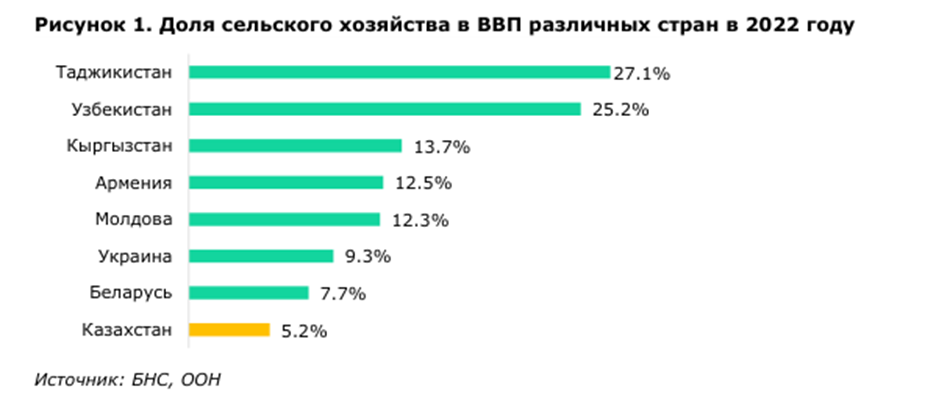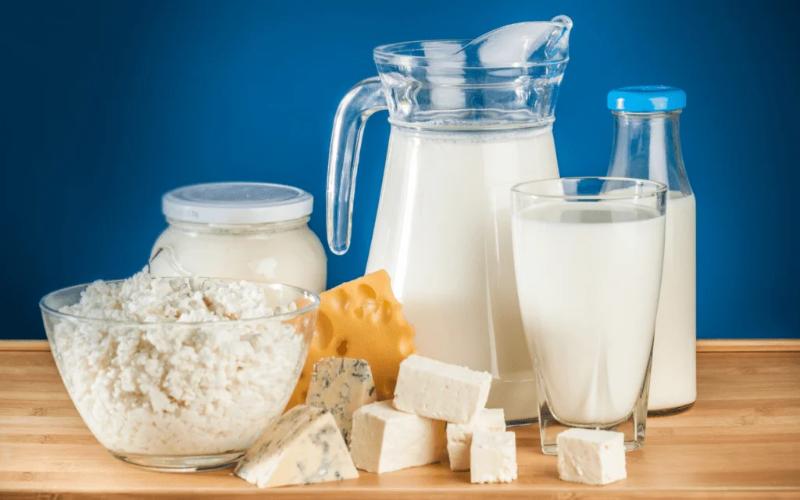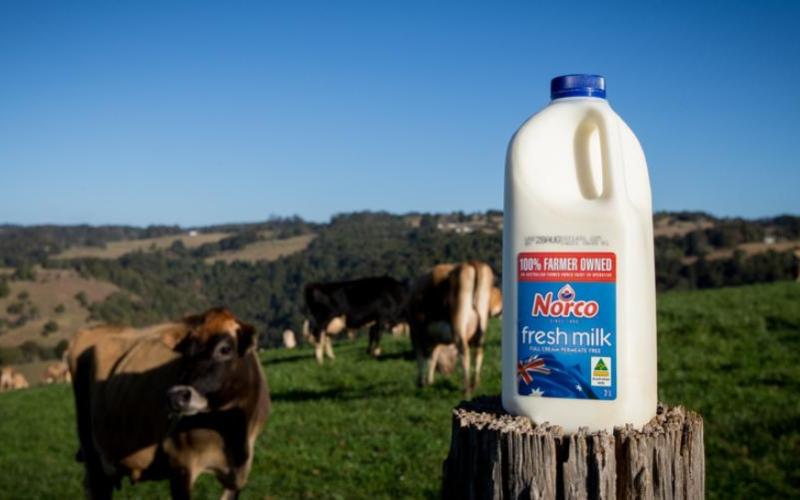Over 10 months of 2023, exports of livestock products from Kazakhstan reached $140 million

HALYK Research analysts note that in Kazakhstan, livestock products are mainly used for domestic consumption or processing.
Kazakhstan's agricultural export potential remains significant, thanks to its proximity to major markets such as China, Russia, Iran, Uzbekistan, Afghanistan and the Gulf countries. Given current geopolitical developments and the accelerated rise in global food prices, there is significant potential to further increase agricultural exports to Middle Corridor countries, the review notes. According to analytical estimates, by 2030 the potential of the Middle Corridor could reach 20 million tons of cargo annually.
“In general, the main problem of foreign trade in agricultural products is that export volumes significantly lag behind import volumes,” the review reports.
In particular, this applies to livestock products and processed products. For example, Kazakhstan is a fairly large producer of meat and meat products, but import volumes in this category significantly exceed exports. Thus, for 10 months of 2023, imports of meat and meat products amounted to $331 million, while exports amounted to only $136 million. Moreover, meat was mainly imported fr om Latin American countries, such as Brazil, Argentina, Uruguay and Paraguay, which are very far away, which, accordingly, entails high transport costs.
This situation leads to the loss of a significant part of export income, which could become a driver of agricultural growth in Kazakhstan.
The reason for this gap is the fact that, starting in 2010, government policy to support agriculture began to focus on import substitution (self-sufficiency) instead of supporting exports. However, international studies indicate that most countries that have applied import substitution policies for a long period of time have failed to strengthen their competitiveness and are faced with a decline in agricultural efficiency. This situation is also observed in Kazakhstan, wh ere, despite government measures, import volumes have not decreased, and meanwhile exports have suffered greatly. Moreover, although the goal of promoting agricultural exports has always been a priority, policy instruments in this direction have mainly been related to import substitution.
Agricultural export figures are also quite low in international comparison. Thus, the share of agriculture (including processed products) in Kazakhstan’s total exports at the end of October 2023 amounted to 6.9%. Despite a noticeable increase over the last decade, in terms of this indicator Kazakhstan still lags behind developed countries such as the USA or Canada, where the share of agricultural products in total exports reaches 12%, the review says.
















